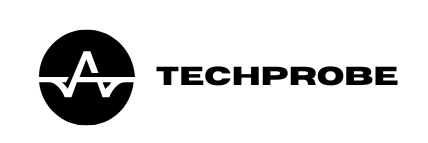Address
We’re excited to meet you! Feel free to get in touch with us within these working hours.
Phone
Address
- 100 Harrison Garden Boulevard, North York, ON, Canada
Working hours
- Monday09 : 00am - 07 : 30pm
- Tuesday09 : 00am - 07 : 30pm
- Wednesday09 : 00am - 07 : 30pm
- Thursday09 : 00am - 07 : 30pm
- Friday09 : 00am - 07 : 30pm
- Saturday09 : 00am - 07 : 30pm
- Sunday09 : 00am - 07 : 30pm
FAQ
Frequently asked questions
What is non-destructive testing (NDT) for welding?
Non-destructive testing (NDT) for welding is a method used to evaluate the integrity and quality of welds without causing any damage to the tested material. It involves techniques such as ultrasonic testing, X-ray inspection, magnetic particle testing, and visual testing to assess weld integrity.
Why is non-destructive testing important for welding?
NDT is crucial for welding as it helps ensure the reliability and safety of welded components or structures. By detecting defects and discontinuities in welds, NDT helps prevent potential failures, ensures compliance with industry standards, and enhances overall quality and performance.
What are the common non-destructive testing methods used for welding?
Common NDT methods for welding include ultrasonic testing (UT), radiographic testing (RT), magnetic particle testing (MPT), liquid penetrant testing (LPT), and visual testing (VT). These techniques enable thorough inspection of welds and can uncover internal and surface defects.
How does visual testing contribute to welding quality assurance?
Visual testing (VT) plays a key role in welding quality assurance by allowing trained inspectors to visually examine welds for surface irregularities, incomplete fusion, cracks, and other defects. It is a cost-effective method that provides immediate results and complements other NDT techniques.
What are the benefits of incorporating NDT into welding processes?
Incorporating NDT into welding processes helps prevent costly failures, ensures compliance with industry regulations and codes, improves overall product quality, enhances safety, extends equipment lifespan, and instills confidence in the reliability of welded components.
Can non-destructive testing be used for ongoing inspection of welds?
Yes, non-destructive testing can be used for ongoing inspection of welds to monitor their integrity over time. Periodic NDT inspections can detect changes or deterioration in weld quality, allowing for timely maintenance or repairs to prevent potential issues.
Subscribe form
Want to be in the know? Subscribe to a newsletter to get all news and weekly updates.
